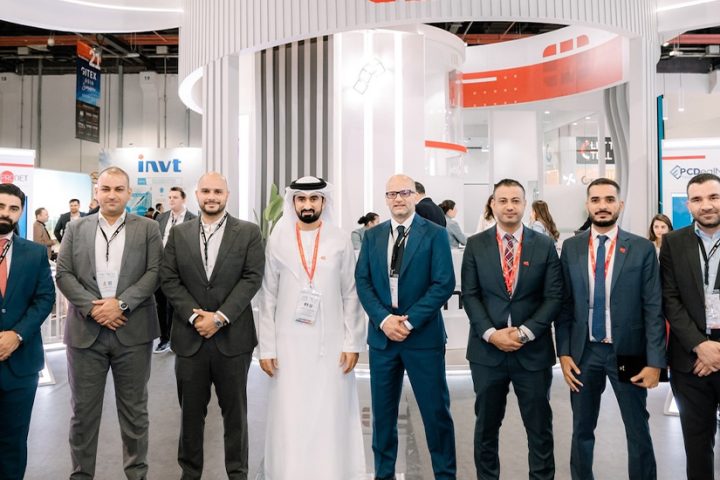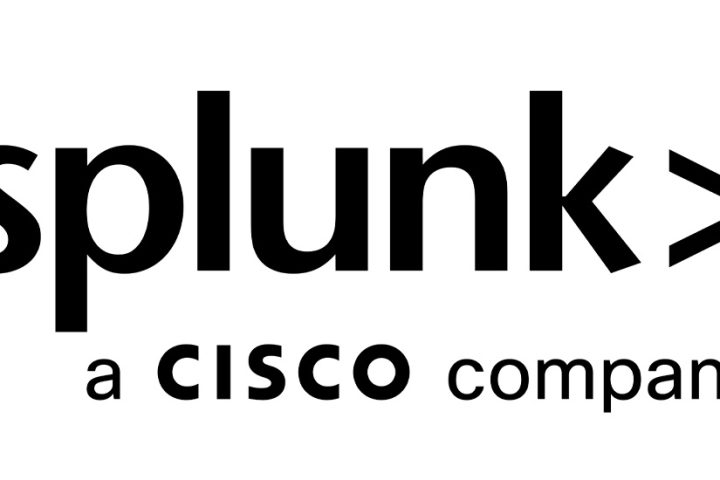Undergoing a digital transformation is like upgrading to a dream car. Attention falls on the sleek new looks, improved efficiency and higher speeds. But we often fail to look under the hood, although that’s where we’ll find the engine that powers the car.
Looking under the hood is a vital step for application leaders delivering digital transformation. They must focus on more than potential increases in agility, profitability and new revenue streams. Behind these top-level improvements is the vital integration work that binds different technology initiatives together, making the collective output — or business outcomes — greater than the sum of its parts.
Through 2020, integration work will account for 50% of the time and cost of building a digital platform. Moreover, the complex challenges posed by digital business transformation require a radical change in the integration technology platform and in the way organizations deal with integration.
Added complexity requires a platform approach
Imagine, for example, an organization implements artificial intelligence (AI) capabilities to answer its customer queries more quickly. It is likely to require seamless connectivity with customer data. To complicate matters, a new customer-facing Internet of Things (IoT) initiative means that there’s an exponential increase in data volume and velocity stemming from thousands of endpoints — the processing of which requires migration to a cloud storage and compute platform. This has in turn enabled real-time analysis which should also feed back into the AI system for greater business insights and optimal business outcomes.
In most cases, the traditional integration toolkit — a set of task-specific integration tools — is unable to address this level of complexity. Organizations need to move toward what Gartner calls a hybrid integration platform, or HIP. The HIP is the “home” for all functionalities that ensure the smooth integration of multiple digital transformation initiatives in an organization.
Introducing an HIP means that organizational models must also change to keep pace. The traditional IT-controlled centralized integration team with its “integration factory” model will need to shift towards an approach that supports HIP-enabled, self-service integration by lines of business, subsidiaries, application development teams and eventually business users.
What does an hybrid integration platform look like?
In many cases, application leaders responsible for modernizing integration strategies and infrastructure are already extending existing tools to support the integration of cloud services, mobile apps, IoT and AI-based systems. Common techniques include the use of an iPaaS and/or an API management platform.
If delivered and managed in a coordinated fashion, this iPaaS / API-management platform combination could form the nucleus of an HIP implementation. In most cases, however, these “proto-HIPs” have functional gaps and will not solve the toughest integration challenges.
A true HIP should span and support all four of the following dimensions:
- Personas (constituents): Integration specialists, ad hoc integrators, citizen integrators and digital integrators
- Integration domains: Application, data, B2B and process
- Endpoints: On-premises devices, the cloud, mobile devices and IoT devices
- Deployment models: Cloud (potentially across multiple environments), on-premises, hybrid (cloud and on-premises) and embedded in IoT devices
What is the path to an HIP
A sound HIP strategy begins with an analysis of the integration capabilities already in place in your organization — in terms of the extent to which they support the four dimensions above,. The next step is to define your organization’s expected integration needs across three time frames: the next 12 months, the next three years, and the next five years.
While this may seem relatively simple, it’s important to remember that digitalization tends to mean that IT departments have less control over IT-related initiatives than they have had in the past. Trying to anticipate future requirements is not a trivial task when you consider various modern-day scenarios:
- The R&D department experimenting with IoT technologies
- The head of HR exploring a SaaS-based talent management applications
- A marketing director using a digital agency to implement loyalty management applications
- The board of directors establishing a separate data and analytics center, which reports to the CDO, tasked with pursuing machine learning and advanced analytics
All these initiatives will require some integration with core IT systems and possibly with each other, even though the IT department has little involvement and may not even be aware of them. For the HIP to excel in its intended role, it’s essential that the IT department break through silos and build a realistic assessment of future requirements.
These are the basics of why your organization needs an HIP, and how to start planning one. You’re unlikely to be alone in your journey. By 2022, Gartner predicts at least 65% of large organizations will have implemented an HIP to power their digital transformation.














